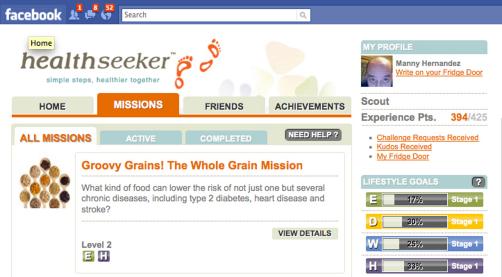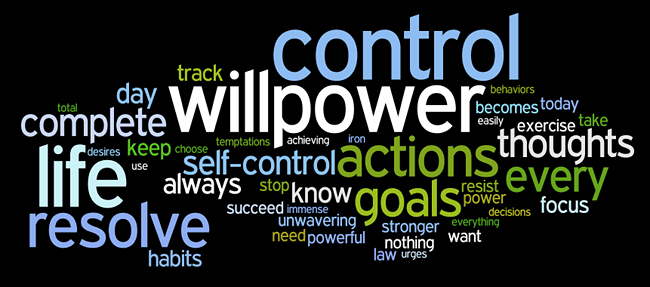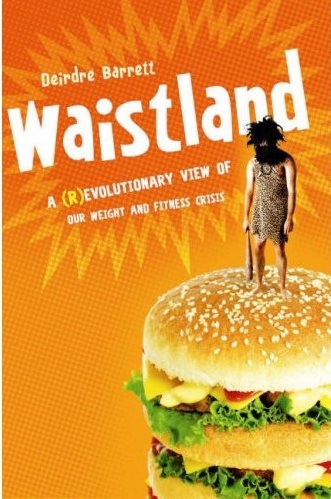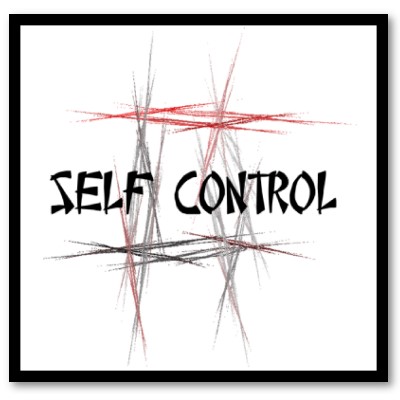Clenching Muscles Enhances Self Control
Saturday, October 23rd, 2010 Over the last 30 years we have learned a lot about how minds really work. One of the major findings is that how we use our physical body during a mental process can strongly determine the outcome. Cognition is not just in our minds it is literally embedded in the rest of our bodies. We say cognition is embodied for short. Walking to think things through, tossing the football between study sessions and explaining things with our hands are all commonly practiced acts of embodied cognition.
Over the last 30 years we have learned a lot about how minds really work. One of the major findings is that how we use our physical body during a mental process can strongly determine the outcome. Cognition is not just in our minds it is literally embedded in the rest of our bodies. We say cognition is embodied for short. Walking to think things through, tossing the football between study sessions and explaining things with our hands are all commonly practiced acts of embodied cognition.
So I am always on the lookout for new scientific studies on embodied cognition that hold insights for designers. Take for example the article in the Journal of Consumer Research, From Firm Muscles to Firm Willpower: Understanding the Role of Embodied Cognition in Self-Regulation. The authors report on a series of five experiments that demonstrate, for the first time as far as I know, that self control is embodied. Specifically they found:
“Across our studies, we triangulated on our premise that muscle firming facilitates self-control by firming willpower in several ways. We used multiple operations of muscle firming, ranging from clenching a fist, to stretching one’s fingers, to tightening one’s calf muscles, to firming one’s biceps. We also employed different kinds of self-control tasks, ranging from those that required a person to take on immediate pain for future gain (e.g., to consider immediately disturbing information, put a hand in an ice bucket to improve blood circulation, and consume a nasty but healthy vinegar tonic; experiments 1-3) to those that required avoiding immediate pleasure for future gain (e.g., avoiding tempting food in a snack bar, choosing a healthy apple over a chocolate bar, experiments 4-5). This effect was found to work only when subjects were trying to exert will power.”
Said another way, simply clenching or firming muscles does not create willpower it only enhances it.








